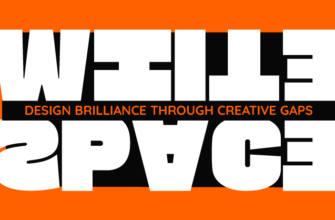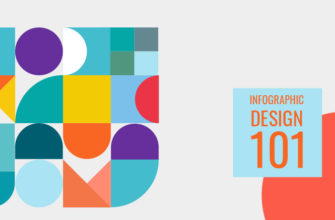Dyslexia is marked as a cognitive learning disability, categorized by an inability of the brain to translate words in to sounds, or phonological processing. Which is why, Dyslexic children face difficulty in reading and comprehending text. As a result of their cognitive problems in decoding written language, most Dyslexic individuals confuse similar words, or may even complain of words prancing and swimming across the pages in a chaotic disarray. Although a large percentage of the population is affected by Dyslexia, approximately 15% to 20%, it manifests itself in so many ways that the problems faced by one Dyslexic may be different than that faced by the other. To make matters worse, Dyslexia has been dubbed a “hidden disability with neurological roots”, since you cannot tell if someone has Dyslexia and neither can they.
Related: 20 Design Resources to Facilitate Learning in Dyslexic Kids
According to The Yale Center for Dyslexia & Creativity, even though such a massive proportion of our world is struggling with the inability, it is frequently overlooked when it comes to creating accessible platforms and products. With Dyslexia, we have an action gap and not a knowledge gap. Given the day to day exasperation of dyslexic users, their exists inadequate reading supports to help them get through the daily drudgery.
As such, designers who are faced with the challenging task of designing learning material for Dyslexic students should be drilled in the preferences of these individuals, to cater to their specific needs. Here are some Do’s and Don’ts that all designers should read to design Dyslexia-friendly learning resources for Dyslexic users, in order to facilitate learning for them:




